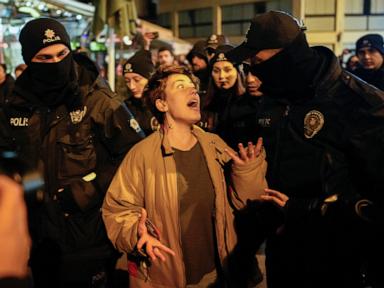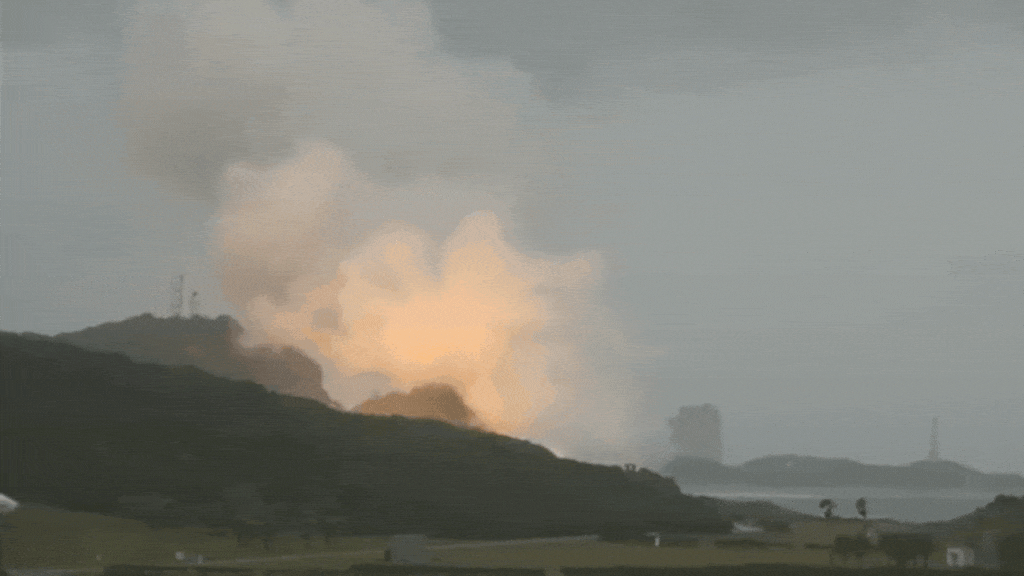ARTICLE AD BOX
THIS is the devastating tale of the once-lavish £400million cruise ship that was scraped off after causing one of the worst maritime disasters in Europe.
Haunting pictures of the shipwreck of Concordia Cruise are reminiscent of the tragic accident that killed 33 people.
 Simone Arveda
Simone Arveda EPA
EPA Simone Arveda
Simone Arveda Simone Arveda
Simone Arveda AFP
AFP Doug Seeburg - The Sun
Doug Seeburg - The SunCosta Concordia was built in 2004 in the Sestri Ponente yard in Genoa by Carnival Corporation.
Interestingly, during the ship’s inauguration ceremony in 2005, a champagne bottle failed to break when it was swung against the vessel’s hull for the first time.
Many considered this to be a bad luck charm for the largest ship built in Italy at that time – but no one knew it would go on to become a dark reality.
On 13 January 2012, the seven-year-old Concordia was on a voyage around the Mediterranean Sea when she veered off from her planned route at Isola del Giglio, Tuscany.
The ship started to sail closer to an island – and struck a rock formation on the sea floor – causing serious damage to its hull.
This tore open a wide part of her hull, which soon flooded parts of the engine room, cutting power from the engines and ship services.
As water flooded the ship started to list on one side – and drifted towards the island and grounded near shore, lying sideways in an unsteady position on a rocky underwater ledge.
Soon after the incident, rescue operators flocked to the accident scene in a bid to rescue all 4,252 people onboard, which included 1,023 crew members and personnel.
After a six-hour rescue operation, most of the people were brought ashore without severe injuries.
However, 33 people died including 27 passengers, five crew and a member of the salvage team.
On the 10th anniversary of this tragic event, Ester Percossi, one of the survivors told Reuters: “I remember the screams of the people, the people who were jumping into the sea. I remember the cold and the sensation of terror in everybody’s eyes.
“It is extremely emotional. We come here today to remember, most importantly, those who are no longer with us, and to relive the hell that we went through and try in some way to exorcise it.”
While many were branded heroes of the night who risked their lives saving other people, the ship’s captain, Francesco Schettino was not one of them.
An investigation following the accident found he left the sinking ship before all the passengers were rescued.
Schettino was found guilty of manslaughter and sentenced to 16 years in prison.
Costa Concordia was declared a “constructive total loss” by the cruise line’s insurer, and her salvage is considered to be “one of the biggest maritime salvage operations”.
On 16 September 2013, the salvage of the shipwreck began and by the next day, the ship was set upright on her underwater cradle.
The ship was refloated using floating tanks welded to her sides and was sent to her home port in Genoa where she was scrapped.
Timeline of Concordia disaster

CONCORDIA was on a voayge in the Mediterranean Sea when hit a rock under the sea and toppled, claiming the lives of 33 people onboard.
Friday January 13, 2012
7.00pm – The ship embarks on a 7-day cruise with 4,229 cruise passengers and crew members on board from 60 different countries.
9.15pm – The ship takes a five miles detour to pass closer to the picturesque Tuscan Island of Giglio (Isla del Giglio).
9.30pm – Ship strikes rocks 300 meters off the Island of Giglio. Five minutes later, the electricity goes off
9.45pm – The first alarm goes off with two long whistles and one short, informing the crew of a problem.
9.50pm – The ship begins to list and eventually topples.
10.10pm – ‘Abandon Ship’ signal is given and crew begins to deploy lifeboats.
10.20pm – Coastguards launch rescue boats and helicopters. Passengers jump into the chilly waters instead of boarding lifeboats.
11.15pm – The first lifeboat reaches Giglio with some 4,000 people
11.40 pm – Captain Francesco Schettino is found ashore.
Saturday January 14, 2012
2.30am – Coastguards try to rescue the 300 people still aboard the sinking ship.
6.00am – Local fire chief announces the rescue of the last survivor. Coastguards continue their searches on the ship and underwater throughout the next two days.
3.00pm – Captain Francesco Schettino gets detained on allegations of manslaughter and abandoning his ship.
But during her glory days, Concordia was one of the most luxurious vessels of her class – and the biggest of all cruise ships when she entered her service.
The cruise had 1500 cabins with 505 private balconies, lavish spa rooms, and the world’s largest fitness centre that spanned across 64,600 sq ft.
The ship also had four swimming pools, two with retractable roofs, five Jacuzzis, five spas, and a poolside movie theatre on the main pool deck.
There were also five world-class restaurants and 13 bars, including a cigar and cognac bar and a coffee and chocolate bar.
Entertainment options included a three-level theatre, a casino, a futuristic disco, a children’s area equipped with video games, and a basketball court.
 The shipwreck of the Concordia Cruise cost the lives of 33 peopleGetty Images - Getty
The shipwreck of the Concordia Cruise cost the lives of 33 peopleGetty Images - Getty Reuters
Reuters.png)
 9 months ago
2
9 months ago
2








 English (US)
English (US)